Bringing the Piratininga Lagoon Back to Life in Brazil
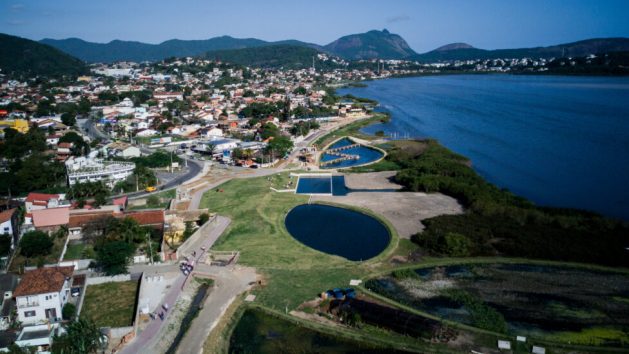
NITERÓI, Brazil, Oct 20 (IPS) - Houses with balconies facing the street or the surrounding hills, when they are not hidden behind high walls, reflect a neighborhood where people live on the shore of a lagoon but reject the landscape it offers.
Piratininga, a 2.87 square kilometer coastal lagoon in the southern part of the Brazilian city of Niterói, began to change after several decades of uncontrolled urban growth with no care for the natural surroundings, in what has become a neighborhood of 16,000 inhabitants.
Garbage, polluted water, construction debris and bad odors hurt the landscape and the quality of life that is sought when choosing a lagoon and green hills as a place to build a year-round or weekend residence.
The accumulated sludge at the bottom of the lagoon is 1.6 meters thick, on average, resulting from both pollution and natural sedimentation.
"That's what explains those houses that turn their backs to the lagoon," explained Dionê Castro, coordinator of the Sustainable Oceanic Region Program (PRO Sostenible) of the city government of Niterói, a municipality of 482,000 people separated from the city of Rio de Janeiro only by Guanabara Bay.
Oceânica is one of the five administrative zones of the municipality, locally called regions, which includes 11 neighborhoods in the southern part, on the open sea coast, in contrast to others on the shore of the bay or inland areas without beaches. With two lagoons and a good part of the Atlantic Forest still preserved, the area stands out for its nature.
PRO Sostenible, which was founded in 2014, seeks to restore environmental systems and to ensure better and more sustainable urbanization in the area. Its actions are based on a systemic approach and nature-based solutions.
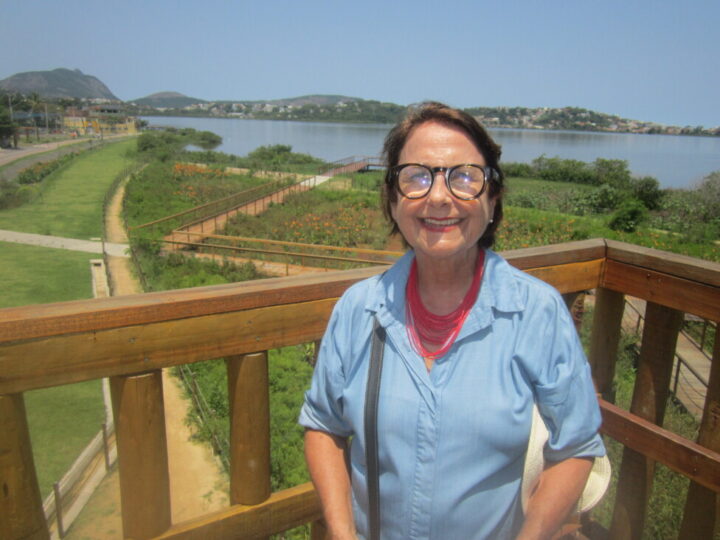
Natural clean-up of the water
The program's flagship project is the Orla Piratininga Alfredo Sirkis Park, which pays homage to a leader of the environmental movement, former national lawmaker and former president of the Green Party, as well as journalist and writer, who died in 2020.
The park, known by its acronym POP, has the mission of recovering and protecting the ecosystems associated with the Piratininga Lagoon, in addition to fostering a sense of belonging to the environment and its surroundings. For this reason, the participation of the local residents in all stages of the project has been and continues to be a basic principle.
It comprises an area of 680,000 square meters, the largest in Brazil in nature-based solutions projects, with 10.6 kilometers of bicycle paths, 17 recreational areas and a 2,800 square meter Ecocultural Center.
To bring residents and visitors closer to the local environment, the plan is to complete three three-story lookout points - two of which have already been built - and piers reaching into the lagoon, part of which can be used for fishing, as fish still inhabit the lagoon despite the pollution of recent decades.
The first section, known as Haciendita Cafubá, was inaugurated on Jun. 17, with a water filtration system for the Cafubá River, one of the three that flow into the lagoon, a lookout point, piers, a bicycle path and even a nursery for newborn crocodiles in a special fenced-in area.
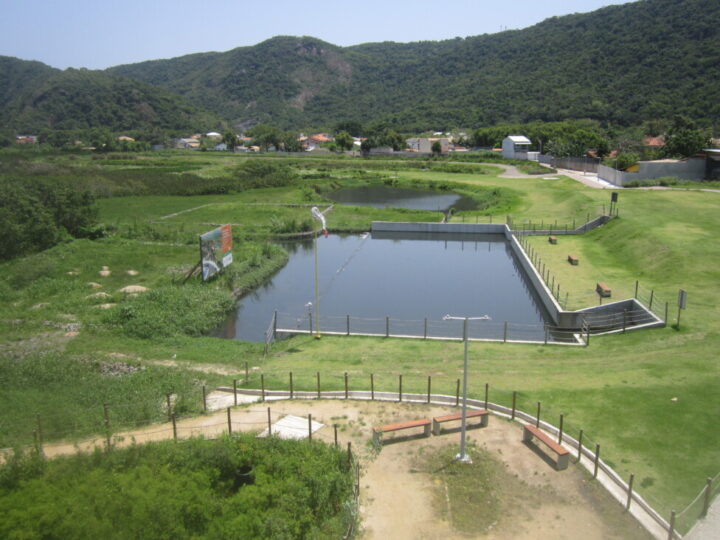
"I went to see if I could find the crocodiles, my son made me walk down the street, he loves animals... I never thought I would see what I saw... I went to the beginning of the Haciendita, I saw fish where there was nothing living before, I saw flowers where there was only mud, I saw life where nature was already dead without any hope. Congratulations for tolerating us, that community is tough."
This is the testimony of a resident, addressed to the head of PRO Sostenible. The park has had a large number of visitors since before its inauguration, attracted by flora and fauna that had long since disappeared from the shores of the lagoon.
The technology used to clean the waters is known around the world but has not been widely used in Brazil. It is based on filter gardens, in which layers of gravel and permeable substrates serve as a base for macrophytes, aquatic plants that live in flooded areas and are visible on the surface.
The plants filter the water in a process that does not require chemical inputs.
A special spillway receives the waters of the Cafubá, which conducts and controls them to give greater efficiency to the next pond, the sedimentation pond, the first step in cleaning the polluted waters by reducing the solid material produced by erosion and garbage thrown into the riverbed.
After the sedimentation basins, the water passes through three filtering gardens before flowing into the lagoon.
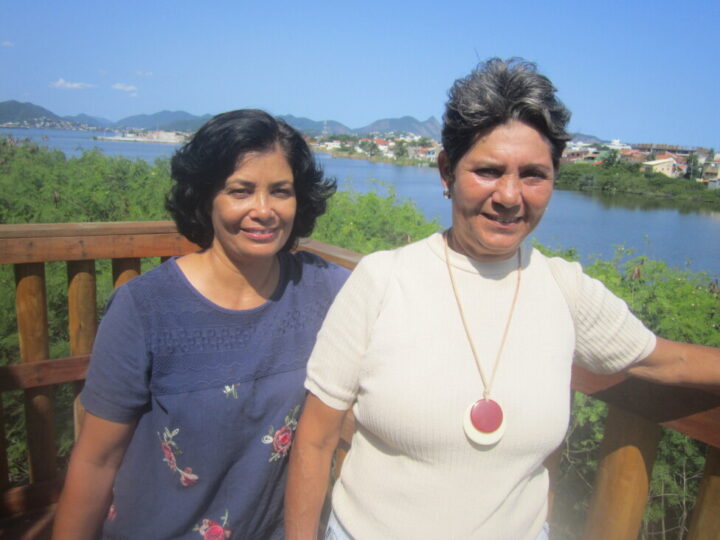
Plant filters
Twelve species of macrophytes are used in the filtration process, but the variety has been reduced due to maintenance difficulties. "We use only Brazilian species, and no exogenous species," said Heloisa Osanai, a biologist specialized in environmental management and one of the 17 employees of PRO Sostenible.
Examples include water lettuce and water lilies with orange flowers.
"One of the effects of the water treatment is the reduction of mosquitoes, which is important to local residents, who used to burn dry vegetation in an attempt to drive away the insects. People no longer build bonfires in the evenings. The filter gardens attract dragonflies that eat the mosquitoes," said Osanai.
In the larger Jacaré River, 11 filtering gardens were created, which operate in sequence and whose size was designed for greater efficiency, said Andrea Maia, another biologist and environmental manager of the team.
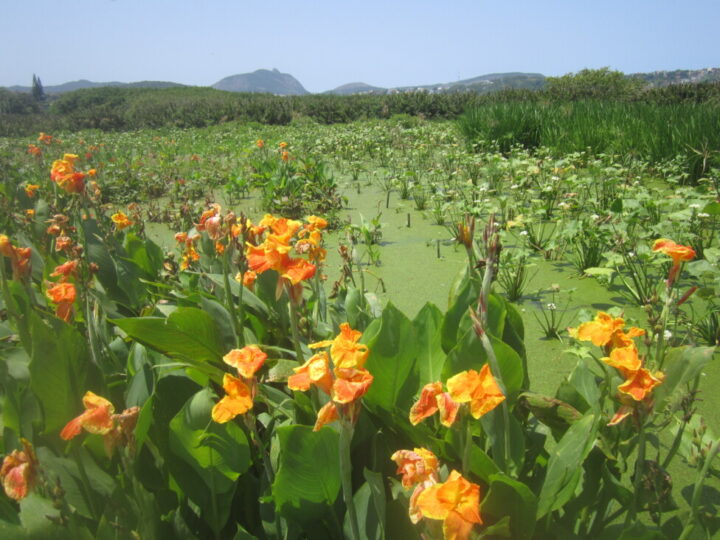
Awards and results
PRO Sostenible has already won several national and international awards. It was named one of the three best environmental sustainability programs in Latin America and the Caribbean in the Smart Cities 2022 award.
This year it won another award from Smart Cities Latin America, as the best in Sustainable Urban Development and Mobility. The Park also won awards for valuing biodiversity, from the Federation of Industries of Rio de Janeiro, and another as an environmental project, from the São Paulo city government, for contributing to the Sustainable Development Goals of the 2030 Agenda.
In addition to the Park, the program has inaugurated a Sports and Leisure Center on the island of Tibau, on the other side of the Piratininga Lagoon, closer to the sea.
As part of this project, sports fields, a playground and a lookout point have been built, while an invasive tree, the white lead tree (Leucaena leucocephala), native to Mexico and Central America, which dominated the island's vegetation, has been gradually replaced with local species.
The systemic thinking that guides PRO Sostenible is based on three pillars, explained Dionê Castro.
First is the complexity of local ecosystems and of the projects being implemented, focusing on the environmental, natural, social and cultural dimensions.
In second place is what is called "intersubjectivity", which takes into account new paradigms of science, leaving behind "simplistic and Cartesian views…The changes do not come from outside, but from local residents, with public input from the conception of the project to its execution," said the geographer who holds a doctorate in environmental management.
The third pillar is irreversibility. The lagoon and its ecosystems will not return to their original state, "to zero," but will be cleaned up as much as possible to reach a "new equilibrium," she said.
Local support for the environmental project led to solutions in different areas, such as the regularization of real estate in the favelas or shantytowns, the improvement of health, the revitalization of fishing, and even the creation of a fishermen's association.
"It's environmental justice on the march," Castro summed up.
© Inter Press Service (2023) — All Rights Reserved. Original source: Inter Press Service
 Global Issues
Global Issues